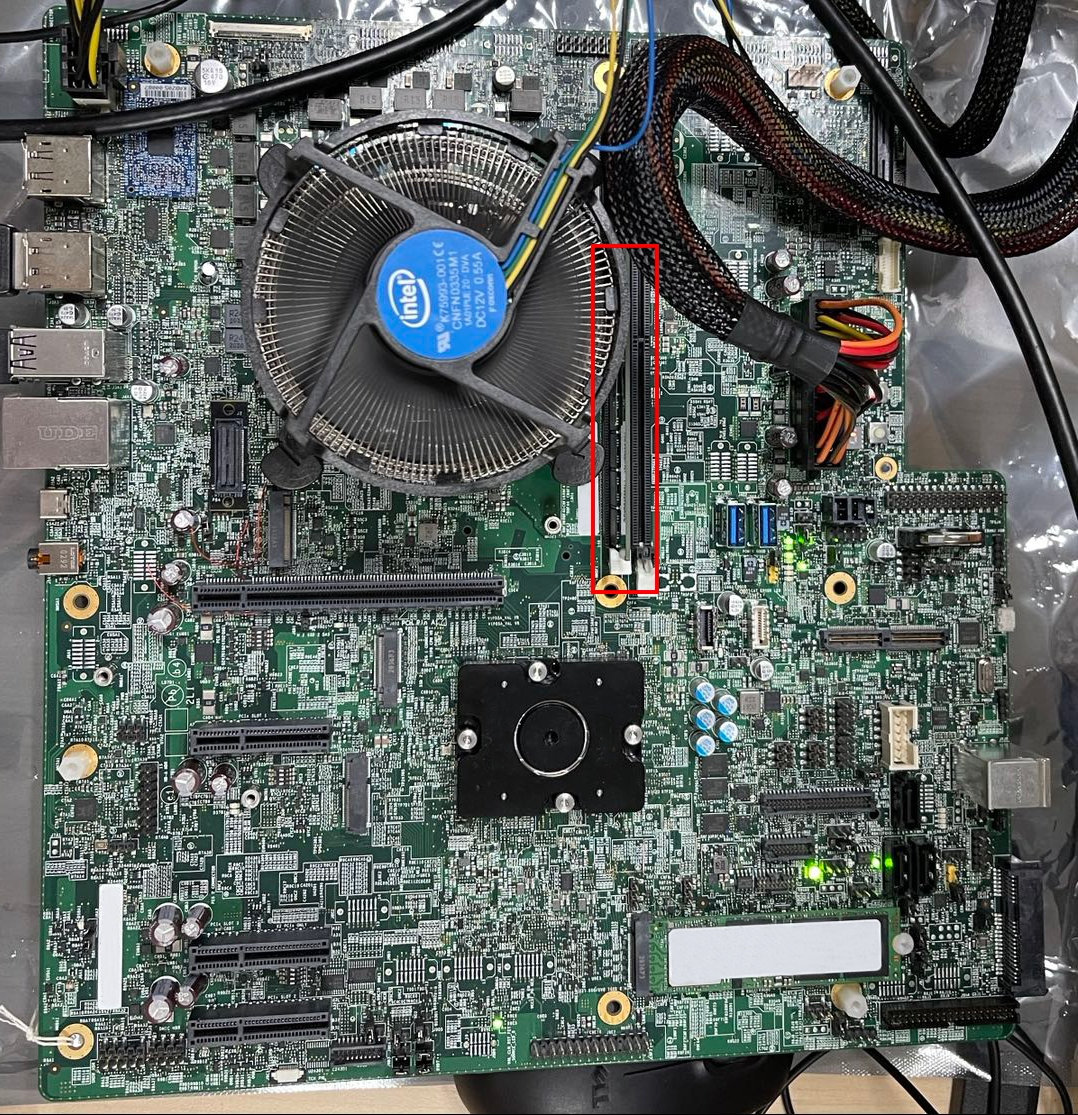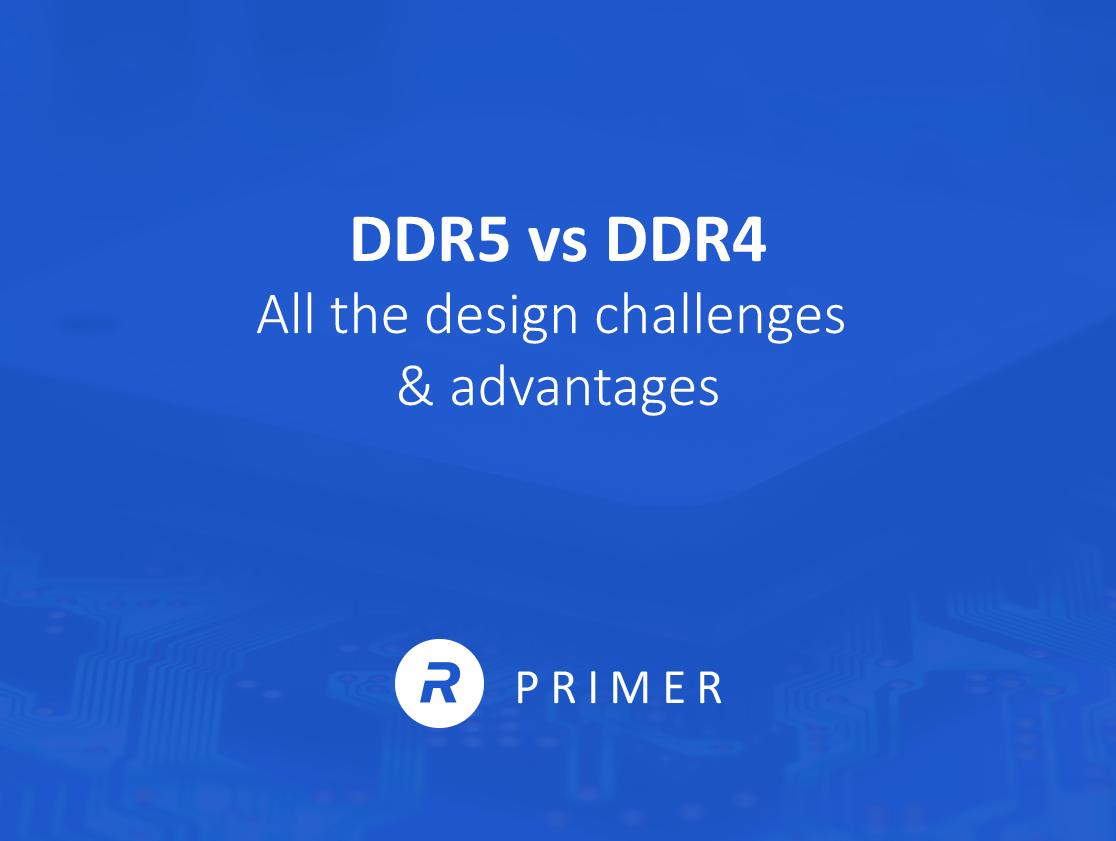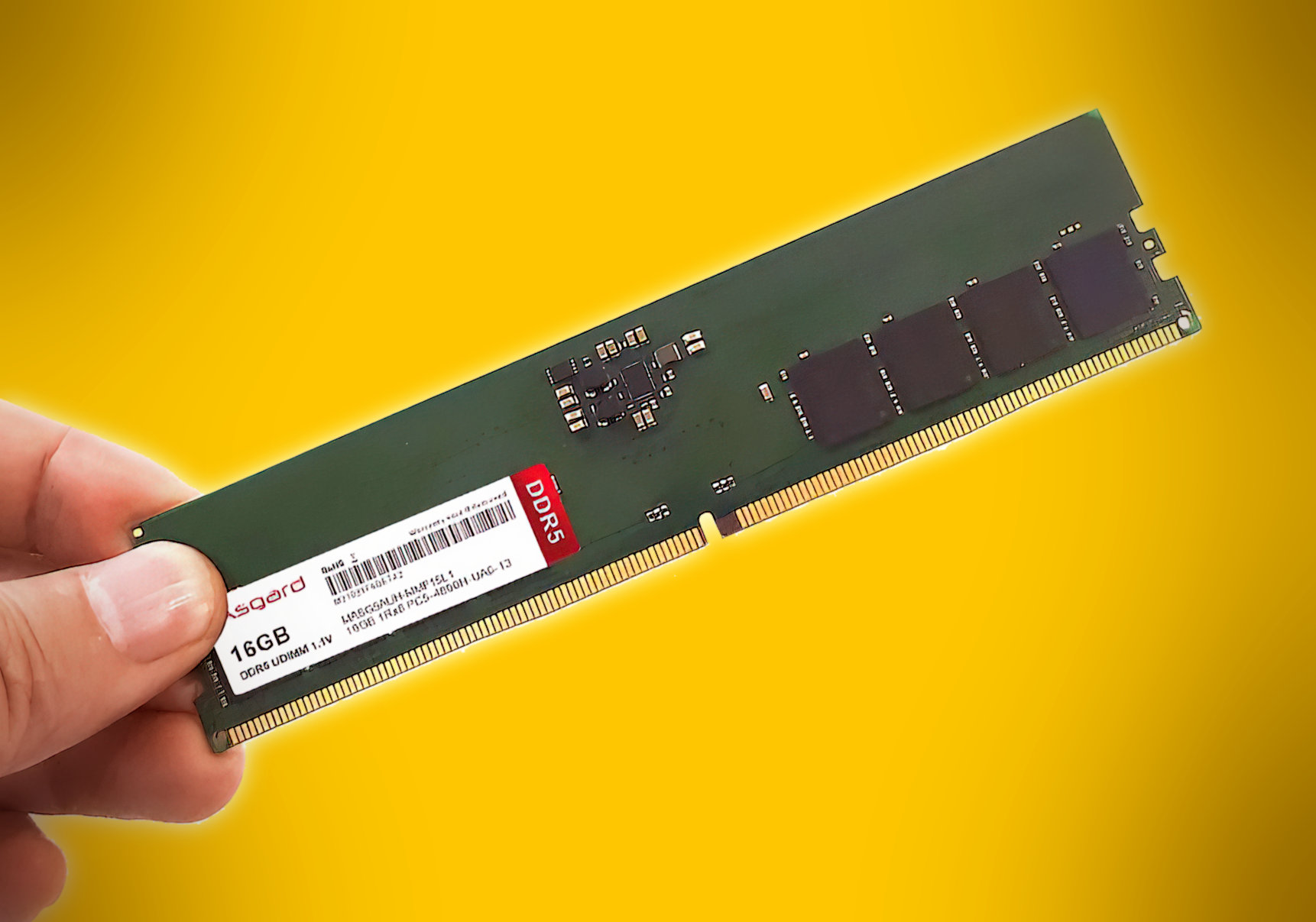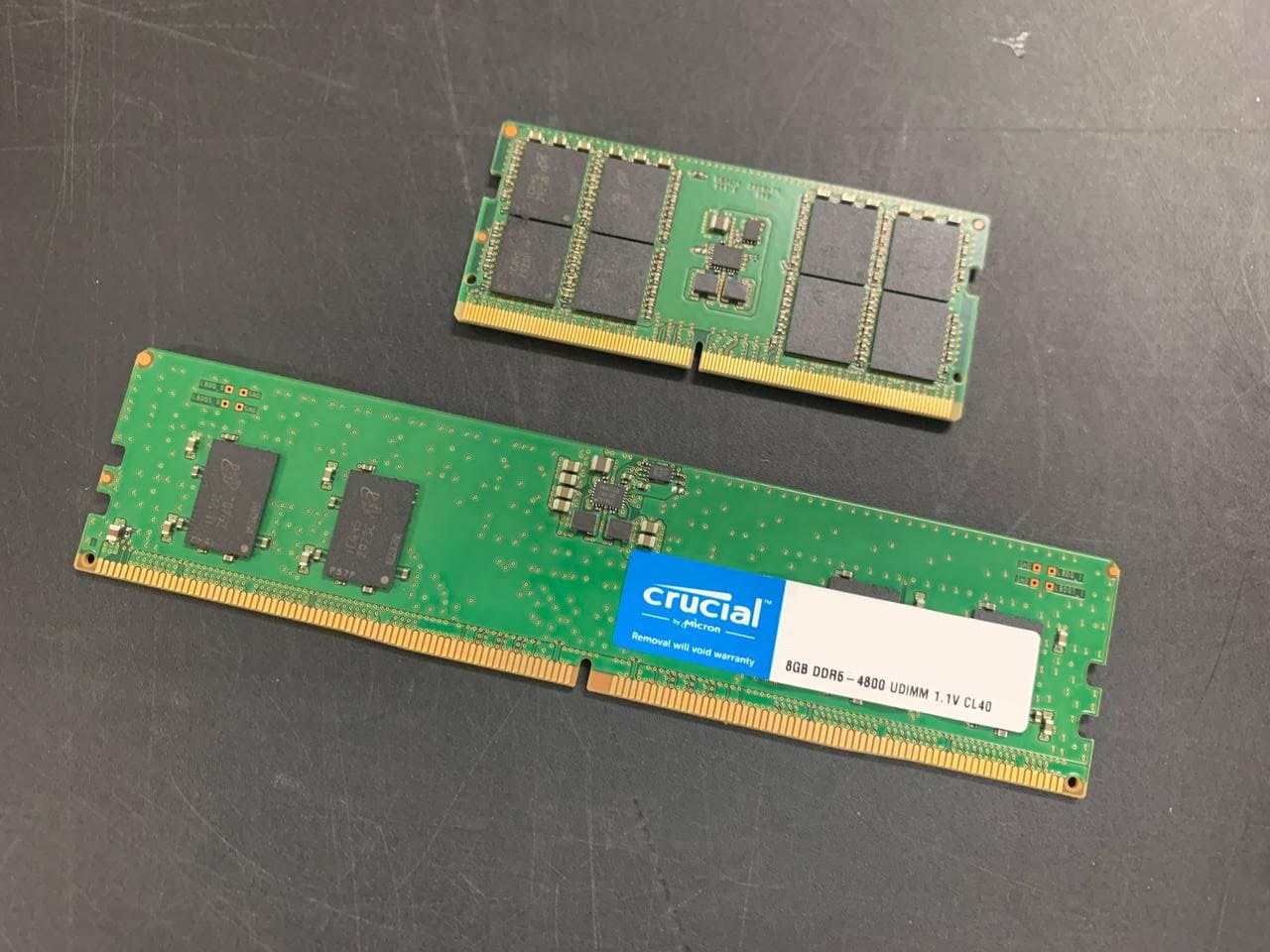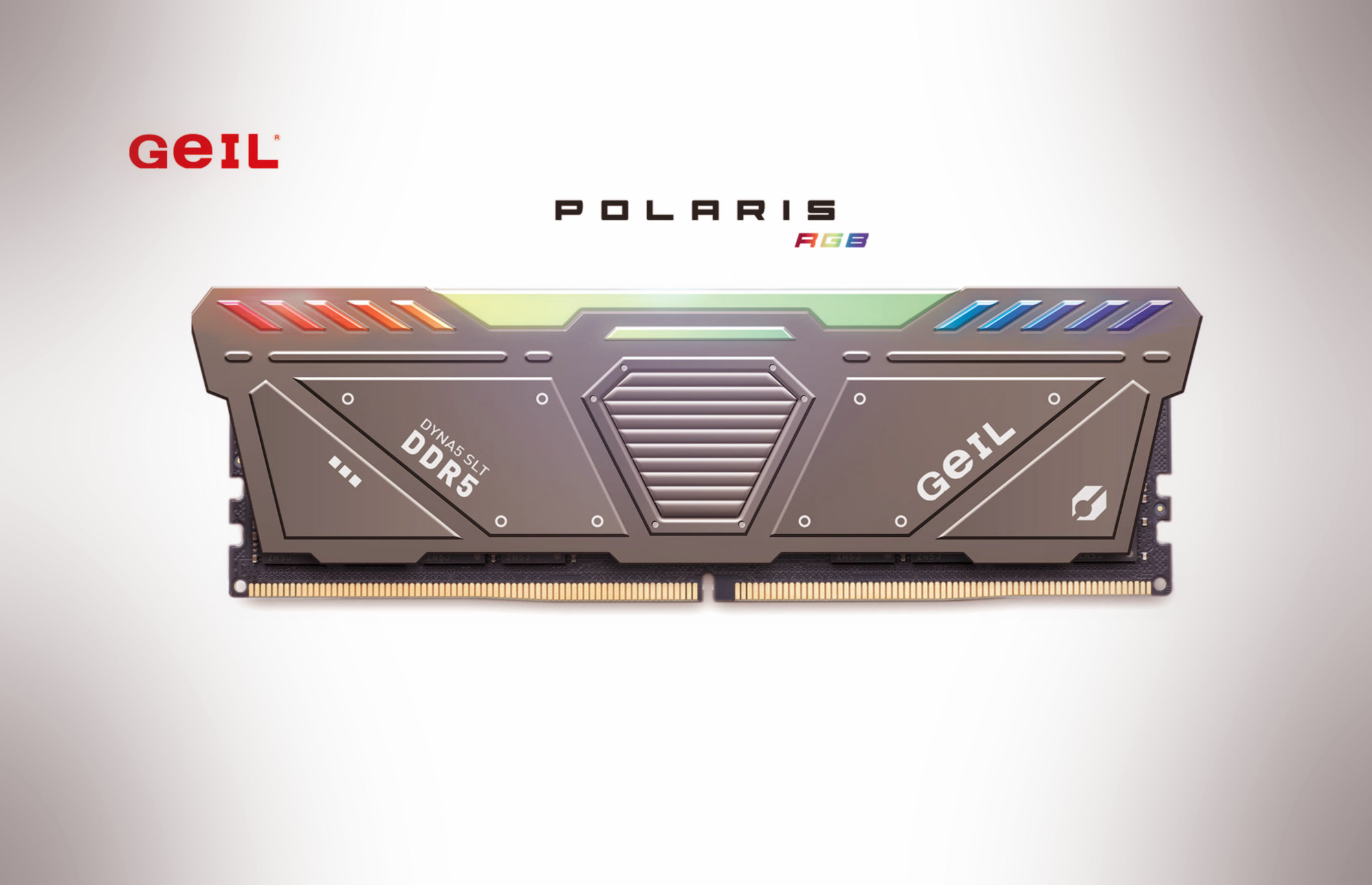D
Deleted member 41971
Guest
Still going to be a while yet before we see DDR5 in gaming PCs, least there is progress 

 news.skhynix.com
news.skhynix.com

 www.pcgamer.com
www.pcgamer.com

SK hynix Launches World’s First DDR5 DRAM - SK hynix Newsroom
SK hynix Inc. (or ‘the Company,’ www.skhynix.com) announced to launch world’s first DDR5 DRAM.
 news.skhynix.com
news.skhynix.com

DDR5-5600 RAM is ready and waiting for the first compatible CPUs
It might be a long wait for our gaming PCs.

